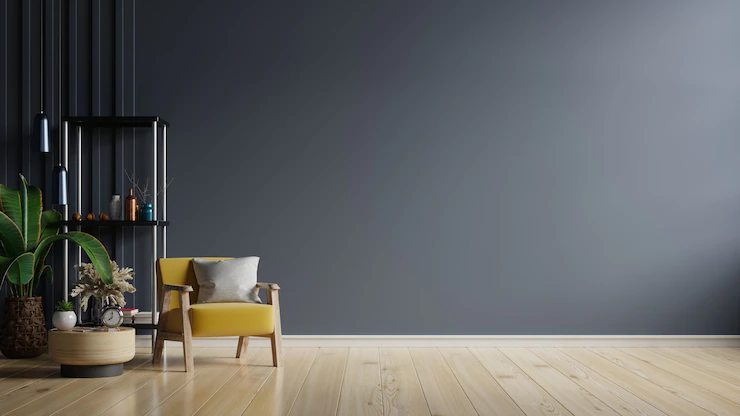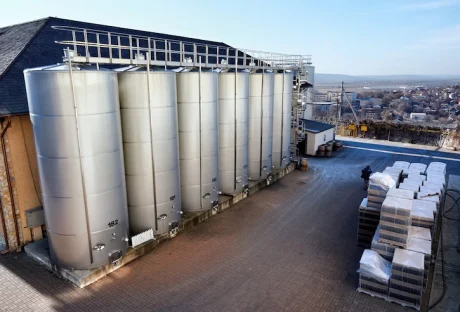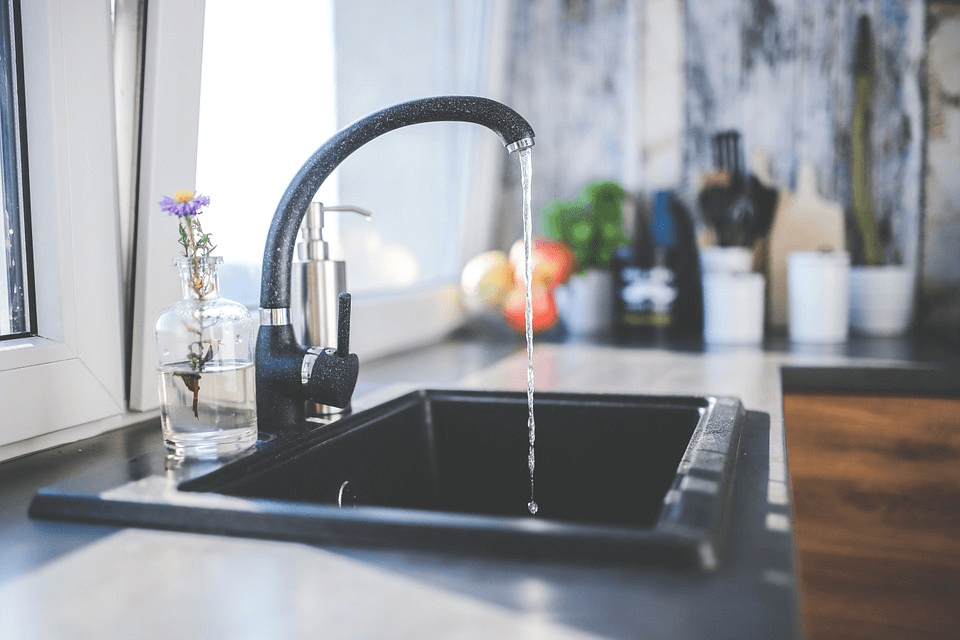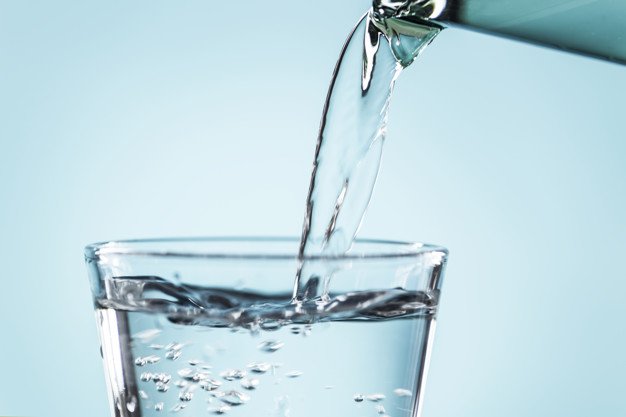You may not realize that a floor is slippery until you or a loved one slips over it. This is often the case with entrance halls, or with the garage. With your shoes on, you probably have enough grip. But take them off, and it’s an accident waiting to happen. Why use epoxy for garage floors? Go for polyaspartic coatings for the ultimate protection from a sudden slip!
Marble floors can also be an issue, as can garage floors. These are usually concrete but, once the concrete gets oil and other compounds on it you’ll realize that it’s also slippery.
The good news is there are several home remedies that can reduce the slipperiness of the floor.
Let’s Check Out Top Home Remedies To Make A Floor Non-Slip:
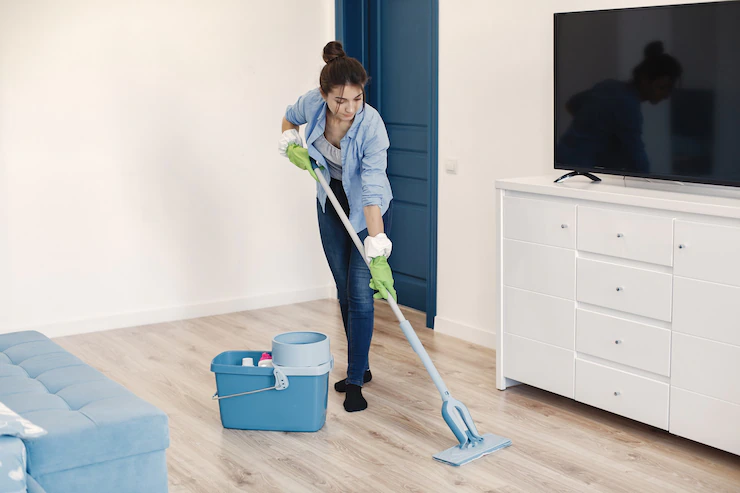
1. Epoxy Coating
This is the most expensive and time-consuming option. It involves layering an epoxy coating on top of an existing concrete floor or creating a new floor with epoxy.
You can undertake this job yourself however if you want the best possible finish it’s best to use the professionals in epoxy floor coatings. They’ll do the job faster, and neater, and it will come with a guarantee.
In fact, the cost in the long term is significantly cheaper than most options. This is because epoxy flooring is very tough and durable.
You can also choose your color and even a pattern you want to emboss not the floor. This guarantees your epoxy flooring doesn’t just look stunning and offers a non-slip solution. It is also unique to your home.
Related Resource: Use Floor Polishing for Keeping Your Flooring Looking New
2. Vinegar & Water
Vinegar is a powerful cleaning agent. If you add some to warm water you’ll be able to mop your floor thoroughly. You should proceed when dealing with a hardwood floor, they don’t generally like moisture.
The vinegar will remove all the debris on the floor, eliminating issues that can cause the floor to be slipperier.
It should be noted that vinegar and water clean the floor to make it safer, it doesn’t add a non-stick coating.
3. Non-stick Products
There are an array of non-stick products on the market. It’s worth noting that they are not all created equally. You’ll need to consider which products are designed for your type of floor. Then, it’s a good idea to look at different reviews to help you choose the one that suits your needs best.
Once you have chosen a product you’ll need to read the instructions and do as it says. Some can be used neat, others require the addition of water.
Apply them in accordance with the guidelines and, once they have been on for long enough, make sure you dry the floor thoroughly.
4. Use Rugs
Another way to reduce slippery floors is to add rugs to the most dangerous spots. You’ll need to invest in rubber-backed rugs as these will stick to the floor where you put them.
The rugs will then give grip and comfort to anyone walking over them, allowing people to move around the home in confidence. Don’t forget, before you apply any product to your floor it’s important to sweep it and then mop it. This removes the debris that could cause an issue.
Read Also:













